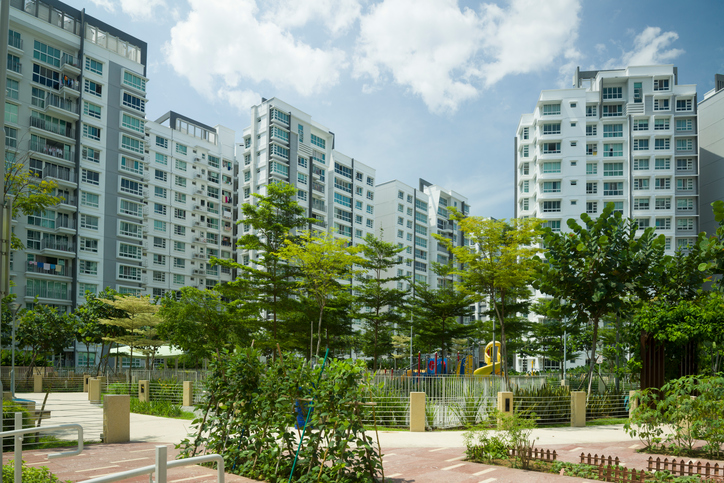In real estate, TOP stands for a Temporary Occupation Permit.
Temporary Occupation Permit (TOP) is a permit that allows homeowners to occupy the building temporarily when the key requirements are met as it may take some time to obtain the Certificate of Statutory Completion (CSC). By law, a CSC or TOP is required to occupy the building.
While it often goes unnoticed, in Singapore all buildings need government-authorised approval before they can be occupied. The Temporary Occupation Permit (TOP) is a legal documents which signifies the metaphorical stamp of approval, effectively christening a building as occupiable.
While a bit strenuous, there should be no problem in acquiring a TOP, given that the proper procedures are adequately followed and the necessary requirements are duly met.
It is common practise for the developer of a building to apply for and obtain the TOP. As a prospective owner or tenant you will have to do little but make sure the building you are to move into has a TOP or CSC (another term, yes – bear with us!)
Still, it may be useful to know what the TOP is, and how it works. Hence, this blogpost!
The TOPs big brother
When talking about the TOP, you cannot go around its big brother, the Certificate of Statutory Completion, or put more dauntingly – the CSC. Intimately related, the CSC is another legal document which stipulates that a building can be occupied. While there are a few subtle differences (which will be detailed later), the CSC can simply be viewed as a more permanent version of the TOP.

Why is there a TOP and what purpose does it serve?
To ensure high standards of building quality are maintained, the Building and Construction Authority (BCA) has put in place an extensive mix of requirements that all developers have to meet if they wish to build in Singapore.
To make sure the requisites are indeed met, the BCA designed a multitude of regulations, processes and procedures involved in the planning, design, construction and implementation of an industrial building development. When the entire process is concluded, the developer will apply for a CSC, and when granted, the buildings can from that moment onwards be legally occupied.
Sometimes a situation arises where a subset of the development is essentially ready to be occupied, while other parts are still under construction. (cue. think of a development where the residential units are all but finished, with common facilities still being worked on). Such circumstances lead to an opportunity where the completed units can be occupied, even though the development as a whole is not yet ready; this is where the TOP comes in.
In order for developers to be able to readily sell finished buildings and for prospective owners to be able to move in faster, the BCA brought into life the TOP.
TOP & CSC – what is the difference?
There are two main differences between the TOP and the CSC.
Difference I
While the TOP is optional the CSC will eventually have to be acquired and is as such imperative.
Difference II
Relatedly, for the CSC to be granted a lot more requirements have to be met by the developer than with the TOP.
See documentary requirements for CSC & TOP here
TOP application procedure
As alluded to previously, the responsibilities to apply for the TOP lie with the developer. In case you get involved in the process nonetheless, here is a brief blueprint of the steps involved:
The application for the TOP comes with a few procedural steps which will have to be taken.
If all documents are duly approved, then the developer can apply for the TOP with the Commissioner of Building Control, which is a distinct body within the BCA. The entire process usually takes about 4 weeks.
The application shall have to be made through the CORENET e-Submission System, which can be found here.
Express TOP
If time is of the essence, the TOP can be obtained within one working day by making use of a fast-track system. Naturally, the inspection would have to have been successful and all the required paperwork would have had to be submitted. The Express TOP measure comes with a fee of S$500 for minor projects, and S$1000 for major projects.
The application form can be found here and should again be submitted through the CORENET e-Submission System.
4 years ago · 5 min read · Source: 99.co
